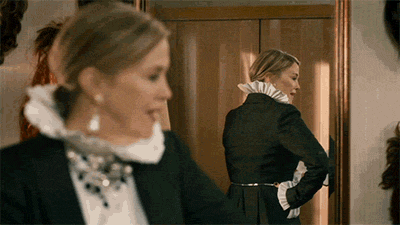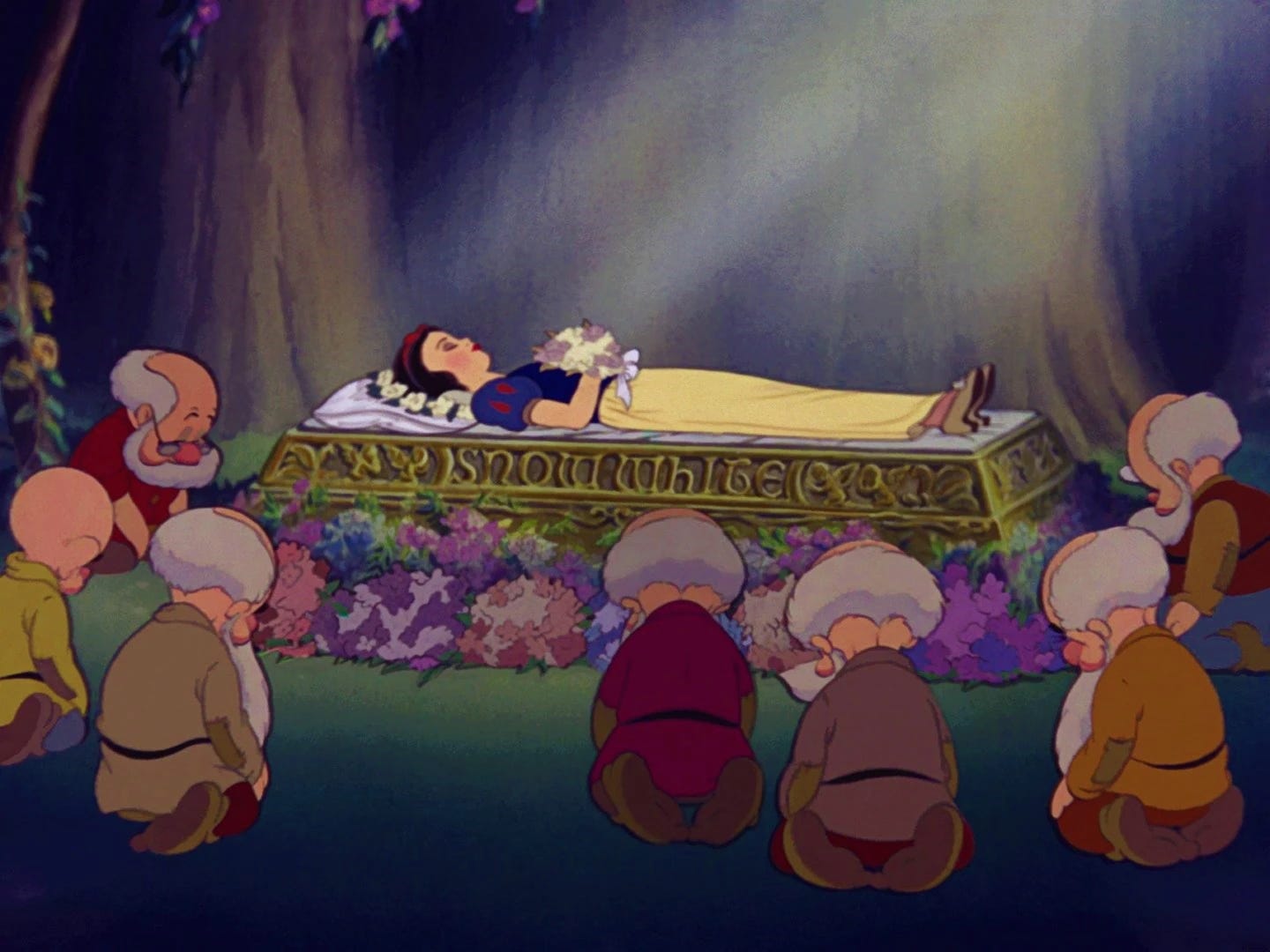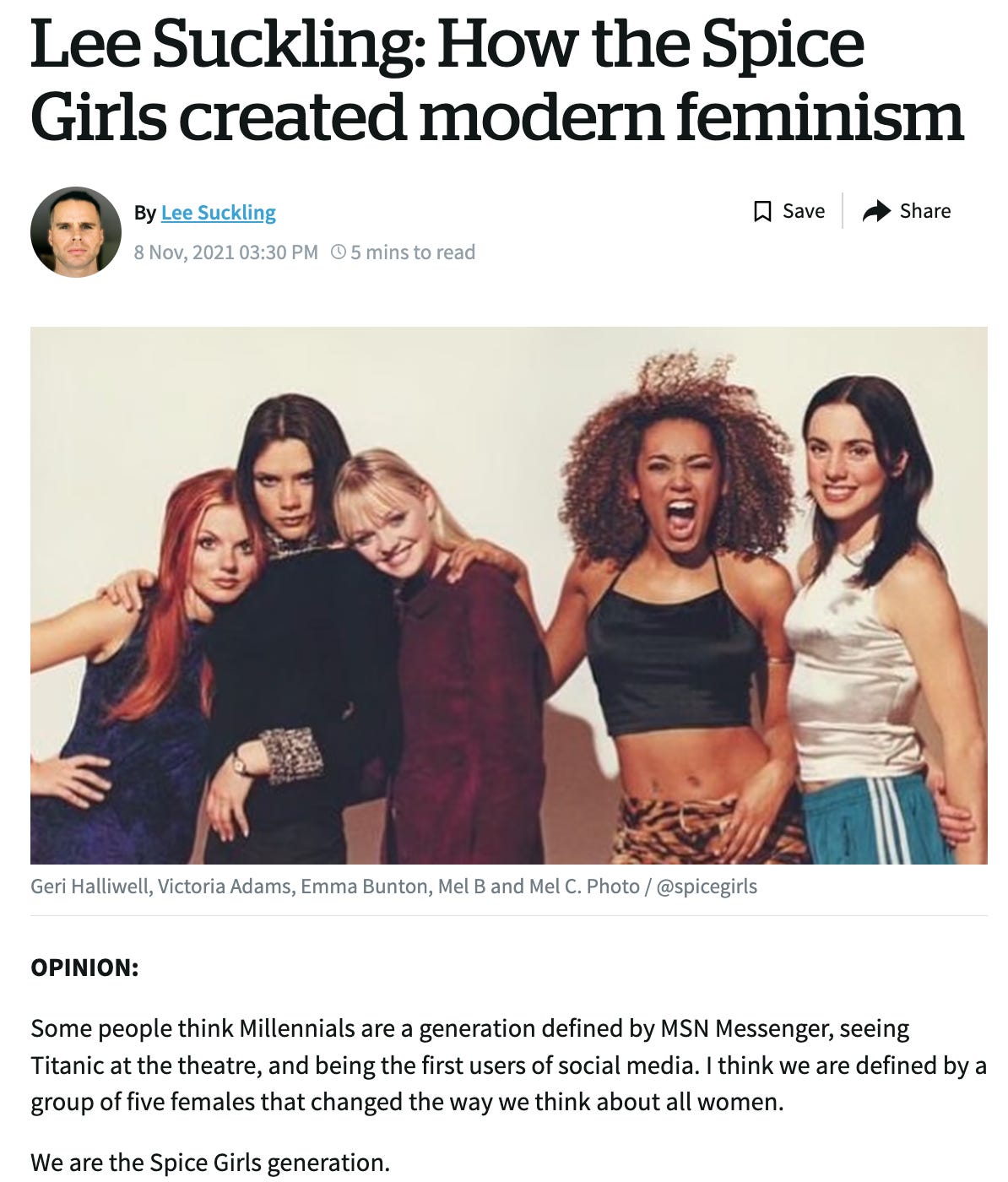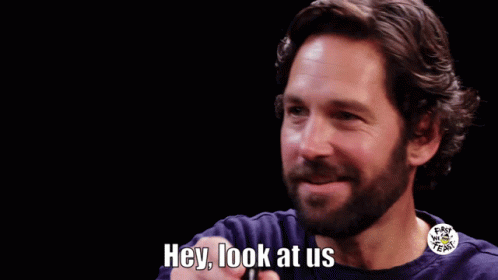“…the Super-Male’s erection becomes the criterion of the heroine’s self-approval…”
Well, hello! I didn’t see you there. Welcome to this accidental series on “Somebody’s Trying to Kill Me and I Think It’s My Husband” by Joanna Russ. I find this essay/article fascinating in the context of romance novels, and I appreciate you joining me for this ride!
Let’s see, where was I…?
Part 1: Context! Laying the foundation of this mysterious Manse
We Are Here: Part 2 and so on: ??? It’s a mystery, just like that room your husband tells you not to go in and the answer to “what are women allowed to do under patriarchy?”
This is a Bluebeard reference. Please clap.
And Then Sometime Later: Something something about how the vestiges of this genre are still present in the current romance genre.
The time has come for me to solve the mystery, and just like a heroine in a Modern Gothic, I will stumble into this, unprepared, like a child wandering into the middle of a murder investigation and wants to know —
What’s the point?
The Center of the Universe
So Modern Gothics have this mystery at its center, right? But who cares, because we’re here to talk about Modern Romance Novels.
What Russ notices is that above all, these books are about a heroine who is:
…of extraordinary interest to everyone—even though they are ill-educated, ordinary, characterless and usually very hazily delineated, being (as one might suspect) a stand-in for the reader…
Their connection with the action of the novel is always passive; they are focal points for tremendous emotion, and sometimes tremendous struggle, simply because they exist.
Just the other day, I started and quickly stopped reading a recently-published romance novel in which the book tried to tell me that the Super-Male drug lord kingpin instantly fell in love with the heroine because of how speshul she was.
He wasn’t alone — every man she encountered was desperate to make her his. And yet…why? She barely existed as a unique character beyond the barest outline of a shadow on the page.
You can chalk it up to a failure of execution, telling not showing, yada yada, but even in romances I enjoy, it’s not uncommon to encounter a heroine who is the center of the universe in the book’s reality, not just in her own point of view.
The most compelling romance novels I’ve read are the ones that make the case for why these very unique individuals are a good fit for each other, but I’ll admit that’s an added delight for me and not a requirement for getting what I came for when reading a romance novel.
I’m here to be the center of the universe. (Aren’t you?!)
It’s a beautiful fantasy, to have one’s existence validated by others—constantly. It’s not healthy, in real life…but it’s a satisfying fantasy, especially in a world that invalidates us even when we deserve recognition.
The Problematic is Personal
Have you ever noticed how your shit is stuff and everyone else’s stuff is shit?1
We LOVE to revel in our own stuff. We find it fascinating. And when I say “our own stuff” I’m talking about the things that impact us personally, and perhaps more pressingly, the things that cause us the most pain.
The “problematics” in romance novels are interesting BECAUSE they’re personal. (This is my opinion, but also not just MY opinion.)
I don’t think we like romance novels despite the problematics: I think we like them BECAUSE of the problematics.
Why else would we read them, seeking the same release over and over, if we didn’t revel in what they’re exploring? Strip a romance novel of all problematics and you’ve stripped it of all the things that are interesting to us.
If you solve all the things that bother us off-page, or close the door and refuse to let us watch as an avid, definitely self-interested spectator…our eyes will glaze over as quickly as they do when someone else starts explaining the minutiae of their last vacation.
Some people call this phenomenon of romance readers enjoying and seeking out the problematic as “reading for the id,” as if what’s “personal” is some deep-seated, intrinsic kernel of all of our selves, or perhaps our species.
I’d argue that we’re “reading for the ego,” or at the very least reading less from the perspective of “a human being who shares the same needs as all human beings” and more from a very specific intersectional identity in a very specific cultural context.
Different cultures value different things, which means the problems that emerge for us, personally, vary by culture and how our identity is valued within that culture. Our cultural context, and our identity within it, matters when it comes to what is both salient and personal.
“Men’s desire is a testimony to my personal, individual worth”
We get that cis het middle class white women are not like, the most oppressed, right? Kimberlé Crenshaw introduced the term intersectionality in 19892 and described how overlapping social identities can lead to identifies that are a mix of empowered and oppressed.
As I covered in part 1, Russ’s analysis is written from the perspective of second-wave white feminism in 1973, so let’s proceed with that in mind. Let’s also remember that even 50 years later, (cis het middle class) white women’s problems continue to get more attention and shelf space on romance publisher’s frontlists.
So: if a white woman wants to be the center of the universe and have her existence validated but is also immersed in a culture that has very specific ideas about what constitutes a desirable white woman, she’s going to find herself in a bit of a bind.
What is she allowed to be desired for except being a “proper” white woman?
I know that a few things have happened since 1973 and the age of the Modern Gothic. For example, the Spice Girls had a very real impact on my formative years and I grew up hearing “Girl Power” (peace sign).
Things may have changed a bit, but let’s listen to how Russ describes why the Modern Gothic appeals to (cis het middle class) white women:
The modern Gothic is an accurate reflection of the feminine mystique and a glamorized version of the lives many women do live…
The Modern Gothic as a genre, is a means of enabling a conventionally feminine heroine to have adventures at all. It may also be a way that conventionally feminine readers can see their own situation—dependent and limited as it is—validated, justified, and glamorized up to the hilt, without turning Heroines either into active persons or into sexually adventurous persons, both of whom violate the morality of conventional femininity.
For example, the books reinforce and present a world in which:
I am rewarded for being good. Aggressively sexual, beautiful, worldly women are wicked and are punished accordingly. Men don’t really like them.
…
My sexual value is my personal value and is respected by all except villains and villainesses. Men’s desire is a testimony to my personal, individual worth. I have no character, interests, or achievements but those who do come to a bad end (if female).
Russ translates this as:
Conventionally masculine men are good men (even if they treat me badly) and conventionally feminine women are good women. This makes behavior very easy to judge. It also validates conventional sex roles.
…
Nobody respects me except when they’re sexually attracted to me or benefitting from my selflessness (read: treating me as a convenience).
Russ talks at length about how the “good” heroines must be careful to not seem too eager to engage in sexual congress, lest they be cast into the category of evil, sexually promiscuous, “BAD” woman.
The lovemaking is veiled in gauzy, vague romantic descriptions - they’re doing IT because they’re in LOVE!!! Not because they have sexual desire!
In 2023, you can still find discourse about how sex scenes in romance novels HAVE TO MOVE THE PLOT FORWARD, or else they’re “just” gratuitous and obviously that’s “bad.” So, I don’t know: have we made progress here?
Girl Power: We Get to Want Sex Now, As Long As It’s the Kind Men Want!
Let’s say we have made some progress. Has it been in areas that liberate women, or in areas that remain in service to men’s desires, and more generally, the heteropatriarchy?
There’s compelling evidence that we’ve progressed on the matter of being able to enjoy sex in romance novels (or at least, cis het women are allowed to desire having P-in-V sex!).3
Maleah Fekete did an excellent follow-up study on romance readers using methodology similar to Janice Radway’s in 1980, published in the Journal of Popular romance Studies in 2022.4 (I'd recommend you read the whole thing, for realsies, but here's a slightly-edited abstract:)
In this new age of gender equality, why do women continue to read romances? This research shows the most dramatic change in romance reading is in the meaning of, and desire for, sexual content.
Compared to 1980 readers, the group of 2016 readers wanted to see heroines with more than a deep emotional bond with their partner; passionate sex was a necessary part of a gratifying romantic relationship narrative.
Nice!
But wait: there’s more.
However, despite shifts towards wanting to read about women with sexual desires more equal to men’s, depictions of gratifying intimacy continue to represent femininity characterized by emotional adroitness and masculinity characterized by stoicism.
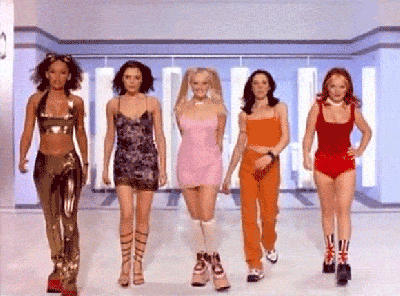
This incomplete transition to depictions of egalitarian intimacy – where women and men’s sexuality but not emotionality are similar – may be at least partially explained by the importance of familiarity in narratives. The norms these narratives rely on may not correspond with readers’ rational and conscious values, but they remain affectively intuitive and thus allow readers to avoid the anxiety and effort that comes from rationally interrogating the rules of intimate heterosexual interaction.
Romance novels…provide a window into the familiar structures surrounding intimacy that readers rely on to lose themselves in narratives.
So…playing with the inequality, especially around emotionality — it’s a feature, not a bug.
And while our self-insert protagonists may get to wear short skirts and/or not be virgins without being stoned to death by an angry mob (immediately), some of the “progress” we’ve made feels like slapping a Girl Power! bumper sticker on a car you can barely afford because you still only make 82% of what a man makes.5
"Men's desire is a testimony to my personal, individual worth."
Next Time On…
I hope you’re enjoying this series! I don’t know what’s next. We’ll see what marginalia catches my eyes next time and inspires the next installment.
Between when I started this post and when I’m finishing it 10 days later, my beloved cat Maggie died, so I’ve been a little sad and having a hard time getting back into the swing of things. My goal for tonight was to FINISH.
I always worry that these dispatches don’t tie up in a neat enough bow, or have a clear beginning, middle, climax (heh), and end. I’m trying to not boil the ocean and keep things to a length you could read in one sitting while also trying to tackle topics on which you could basically write a book, so: I don’t know. You let me know what questions you have or where I’m assuming you’re in my brain with me.
You can catch up on part 1 here, in which I discuss the context for this prescient 50-year old text that remains relevant in 2023, even when applied to genres that had only barely started to take their modern form at the time this was written.
THANKS FOR READING!
Sources:
Russ, J. (1973), Somebody's Trying to Kill Me and I Think It's My Husband: The Modern Gothic. The Journal of Popular Culture, 6: 666-691. https://doi.org/10.1111/j.0022-3840.1973.00666.x
This is, of course, a reference to George Carlin’s brilliant comedic interrogation of shit and stuff.
Kimberlé Crenshaw hosts a fantastic podcast that I highly recommend called Intersectionality Matters.
“Only 18.4% of women report that intercourse alone is sufficient to orgasm.” AND YET, in M/F romance novels, it’s like… 99%. Hrm. What do you think could be going on there? (Patriarchy.)
(Citation from: Debby Herbenick, Tsung-Chieh (Jane) Fu, Jennifer Arter, Stephanie A. Sanders & Brian Dodge (2018) Women's Experiences With Genital Touching, Sexual Pleasure, and Orgasm: Results From a U.S. Probability Sample of Women Ages 18 to 94, Journal of Sex & Marital Therapy, 44:2, 201-212, DOI: 10.1080/0092623X.2017.1346530 https://www.tandfonline.com/doi/abs/10.1080/0092623X.2017.1346530 )
Fekete, Maleah (2022) Confluent Love and the Evolution of Ideal Intimacy: Romance Reading in 1980 and 2016 Journal of Popular Romance Studies 11:
This is the average gender pay gap: it’s complicated by a variety of intersectional factors, yay. https://www.pewresearch.org/fact-tank/2023/03/01/gender-pay-gap-facts/#:~:text=In%202022%2C%20women%20earned%20an,80%25%20as%20much%20as%20men.





